Birman look & fur – a silken cascade with a heavenly feel
For those with an eye for unique feline features, the Birman stands out. Her most striking characteristic? The pristine white “socks” are in contrast to the darker legs. This isn’t just a random pattern; it’s thanks to the “gloving gene”.1 To rock this look, a cat needs two copies of this special gene.
Birmans are more than just their remarkable paws. Their coat is a luxurious cascade of silky hair, gracefully complemented by a pronounced neck ruff and ending in a full, bushy tail. Their features strike a balance – medium in size but rich in detail, from their gently rounded ears to their slightly convex nose. And then there are those eyes. Always a captivating blue, they are set apart with a subtle upward tilt at the outer corners.
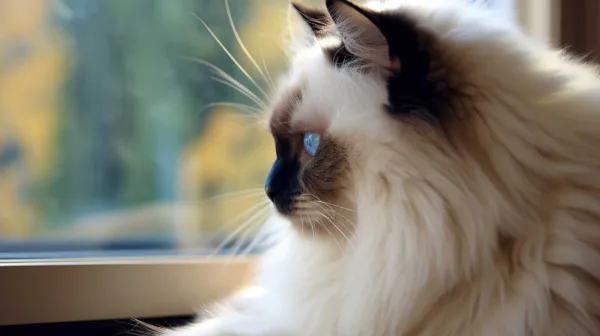
White beginnings
An interesting tidbit about Sacred Birmans (as they’re called, too) and other colorpoint cats: They’re born a snowy white. This quirk stems from partial albinism and a specific enzyme’s absence. The enzyme’s activity depends on temperature, so in the cozy warmth of mama cat, they’re all white. As they age, the extremities darken, but those iconic white “gloves” remain unchanged.
While they are long-haired, Birmans have a unique advantage: their fur doesn’t mat easily, thanks to a minimal undercoat. This trait sets them apart from other long-haired breeds. Still, a regular grooming routine is advisable, especially during seasonal fur change, although they don’t demand frequent sessions like Persians do.
When it comes to their palette, this cat breed showcases an array of about 20 hues, encompassing shades like cream, red, seal, blue, lilac, chocolate, tortie, and tabby.
Birman cat health – a slew of susceptibilities
Regrettably, the Birman breed isn’t without its health concerns. Among domestic cats, hypertrophic cardiomyopathy (HCM) is one of the most prevalent diseases, characterized by a thickening of the heart muscle. Cats affected by it are at risk of sudden cardiac death. Recent studies over an 18-month period screened 162 animals for heart conditions. 10% of cats displayed signs of cardiomyopathy. The most common among these was HCM, affecting almost 7% of the Birmans examined. Typically, HCM becomes apparent in adult cats, with a median diagnosis age of 8.4 years. Thus, a clear heart scan in youth doesn’t negate the possibility of HCM appearing later on. Moreover, heart murmurs, more common in Birmans with cardiomyopathy than in healthy ones, warrant further investigations via echocardiography.2
Congenital hypotrichosis: Kittens affected by this condition are born without hair, making them highly susceptible to infections. Tragically, many don’t survive past eight months.3 Thankfully, since 2015, a DNA test has become available to detect this genetic anomaly, helping breeders make informed decisions.4 Currently, there’s no specific treatment, but ensuring the cat is kept indoors, warm, and away from infection sources can help.5,6
Bleeding disorders: Birmans might experience abnormal bleeding following injuries. Fortunately, screening tests are available for some types of bleeding disorders.7
Behavioural traits: This breed can exhibit compulsive wool-sucking behavior (affected cats had an “abnormally intense appetite”6), which can be exacerbated by factors like early weaning or small litter sizes. Interestingly, Birman litters are smaller than the average and kittens tend to be heavier at birth, compared to other breeds, and they are at increased risk for Dystocia, slow or difficult childbirth. Cats of this breed may also show a heightened fear-related aggression towards familiar people and have tendencies for inappropriate elimination.6
Aortic thromboembolism: These cats, especially the males, are at a heightened risk for this cardiovascular condition. It occurs when a blood clot dislodges and travels within the Aorta, blocking blood flow and depriving tissue of oxygen.6,8,9
Azotaemia: The breeding policy of The Governing Council of the Cat Fancy states “Many young Birman cats are found to have unexpectedly increased urea and/or creatinine
concentrations in their blood, indicating possible kidney dysfunction”1, but also state that most don’t actually develop renal failure.1,9
Urolithiasis: Birman cats seem to be more susceptible to the formation of urate stones in the urinary tract, a condition known as Urolithiasis.5
Additional concerns: For a complete perspective, it’s essential to note that this breed is also susceptible to some infectious conditions, such as Chlamydophilosis, Cryptococcosis, and Feline infectious peritonitis (FIP). Its predisposition makes regular check-ups and awareness crucial for early detection and management.6
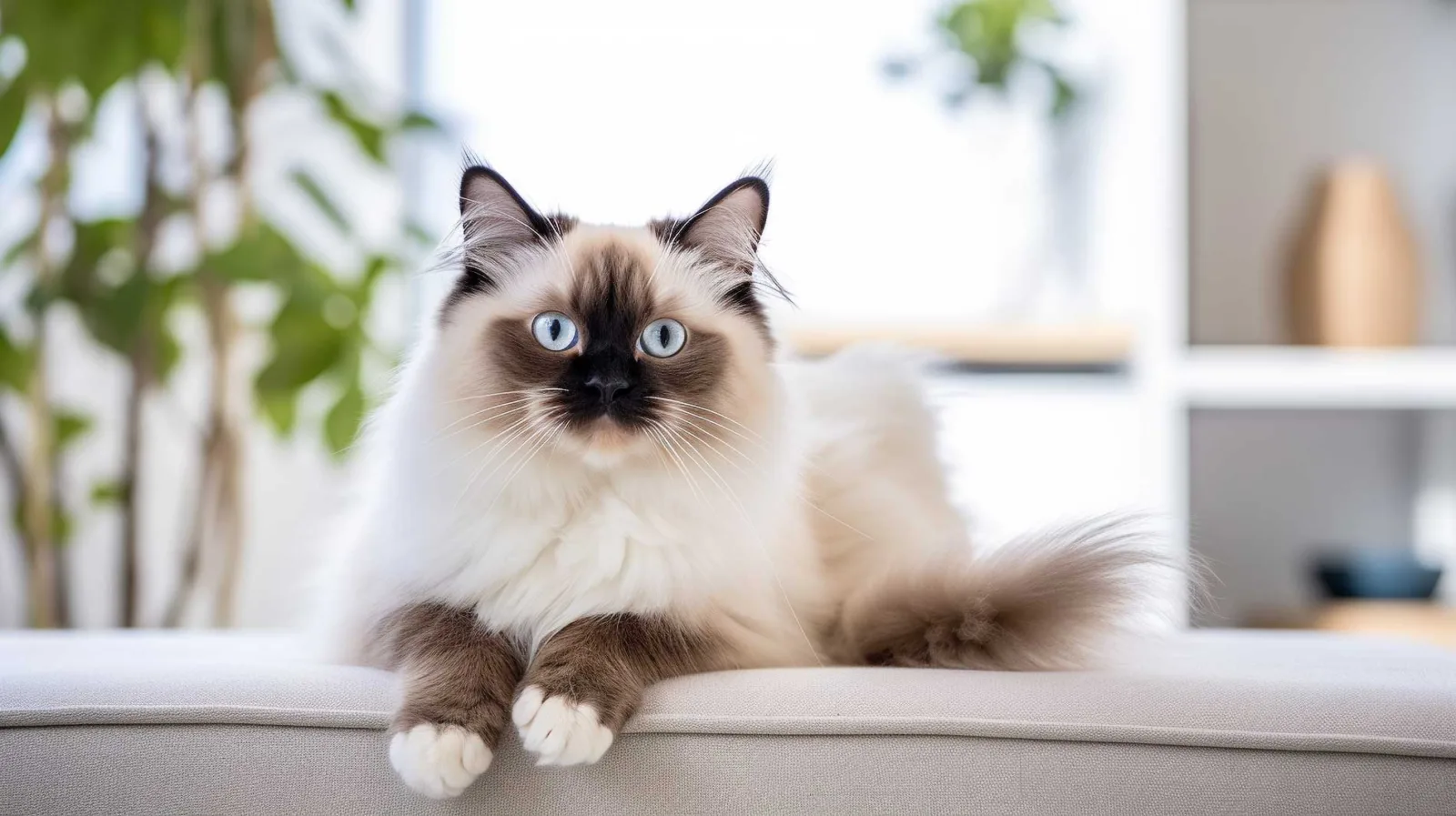
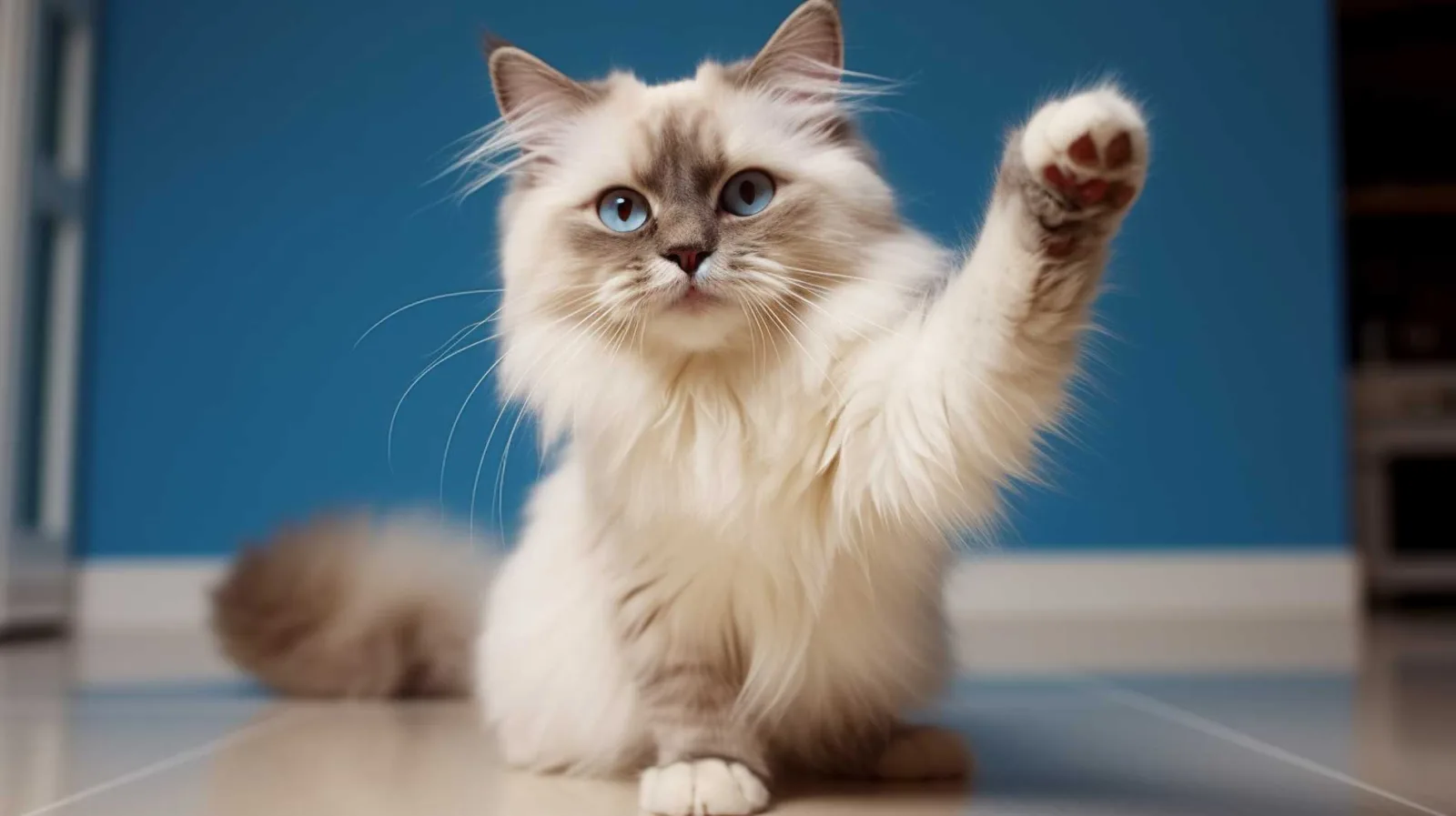

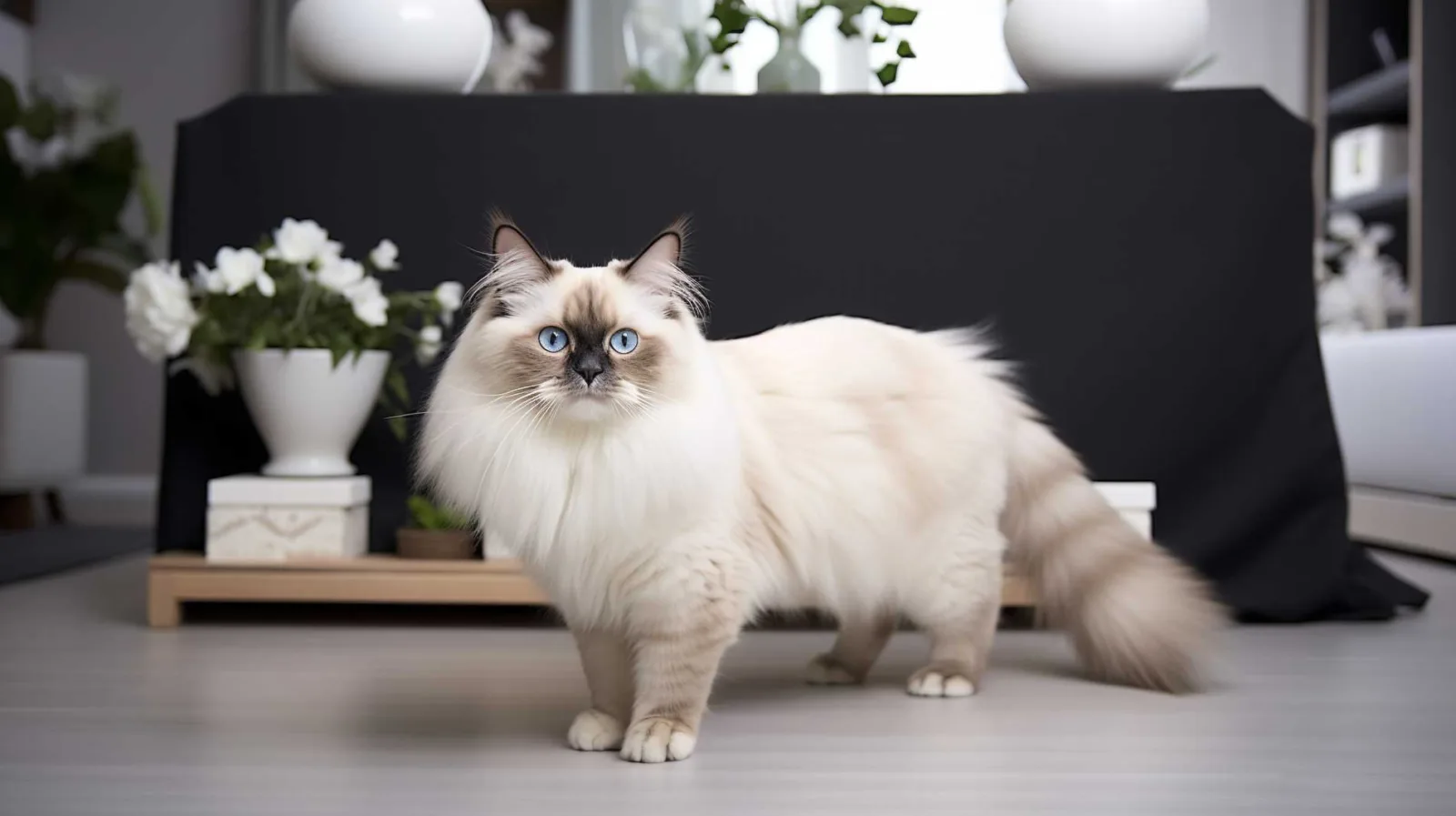
Birman cat diet – balancing meaty morsels and perfect calories
Cats are natural carnivores, a legacy from their wild ancestors who thrived primarily on meat. This ancestral diet means that cats, regardless of their breed, derive much of their energy from proteins and fats found in animal tissue. Given this, it’s paramount for our feline friends to consume meat-rich diets that cater to their intrinsic nutritional needs.
Birman cats, while only being moderately active, are no exception to this rule. What’s crucial for them is to get high-quality food that strikes the right balance – offering all the essential calories and nutrients they require without any excess. This not only helps maintain their health but also becomes particularly important considering some of these cats can exhibit an increased appetite. When buying food, it is important to note that carrots are not ideal for Birman cats, because the carotene they contain can turn the fur yellow. Therefore, it is advisable to choose foods that do not contain carrots.
To promote their dental health it is appropriate to include chunky pieces of meat in their diet. When they bite and chew these meaty chunks, it helps clean their teeth through natural abrasion. A great option to consider is wet food like Dynasty Emperor Beef. Packed with generous filet pieces, it’s a feast that’ll satisfy any carnivore!

Birman cat character – a gentle bundle of love
If you’re searching for a feline friend who is the epitome of affection and gentleness, look no further. This breed is not only tender-hearted but also deeply faithful to its human companions. With their intelligent and people-oriented nature, Birmans have a knack for becoming an integral part of family life in no time.
Curiosity is another hallmark of their character. Whether it’s a rustling paper or a new toy, these cats are always keen to explore and understand their surroundings. However, their inquisitiveness doesn’t translate into mischief; instead, they are known to be easy-going and straightforward to handle.
Another feather in their cap? They are notably quiet companions. If you’re looking for a cat that will offer love and affection without the constant chatter of some other breeds, the Sacred Birman is a perfect match. Their serene demeanor doesn’t mean they lack presence; on the contrary, their silent companionship often speaks louder than words.
The Birman’s gentle nature extends beyond just human interaction. They are fantastic with children, making them ideal family pets. Their tolerance and friendliness also mean they get along well with other animals, fostering a harmonious household for multi-pet families.
In essence, they effortlessly strike the balance between being affectionate and independent, playful yet peaceful. They truly are the ideal pet, offering both love and companionship in ample measure.
Birman history – an enchanting saga
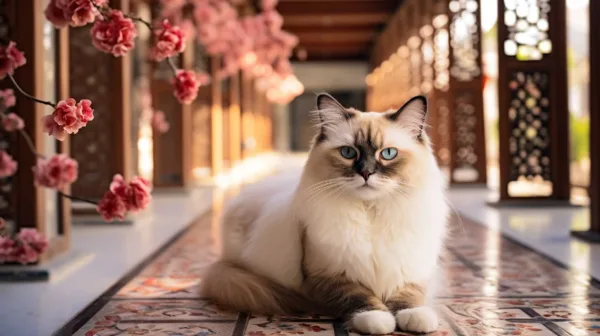
The Birman cat breed boasts a history steeped in legends and ancient lore, although the most concrete records trace back to Burma (Myanmar today) in the early 20th century.
One particularly captivating tale paints a picture of temple cats originally adorned in white coats with golden eyes. Legend claims that following the tragic deaths of monks during temple raids, the grieving cats touched the fallen monks, absorbing their souls. This sacred act transformed their fur and eyes, and brougth them purely white paws.
In a less mystical narrative, a trade deal is struck between a Mr. Vanderbilt and a temple servant, with the enigmatic Birman cat being the prize. Additionally, tales tell of Western travelers, perhaps adventurers or traders, aiding Burmese priests during times of distress. In gratitude, they were gifted a pair of these cherished cats.
Although these stories differ in details, they all point out Burma as the origin of the breed. By the mid-20th century, the Birman cat’s enchantment reached American shores. Come 1959, they graced the US, and their captivating charm led to their formal recognition by the Cat Fanciers’ Association in 1967.
From the ancient temples of Burma to modern-day households, this breed has left an indelible mark, enchanting all who cross their path.
Suitable for cat beginners with apartment and full-time work
- Experience level: Beginner
- Housing: Apartment
- Activity level: Low
- Energy level: Medium
- Trainability: Medium
- Attachment: Medium
- Friendliness: Medium
- Playfulness: Medium
- Talkativeness: Low
- Intelligence: Medium



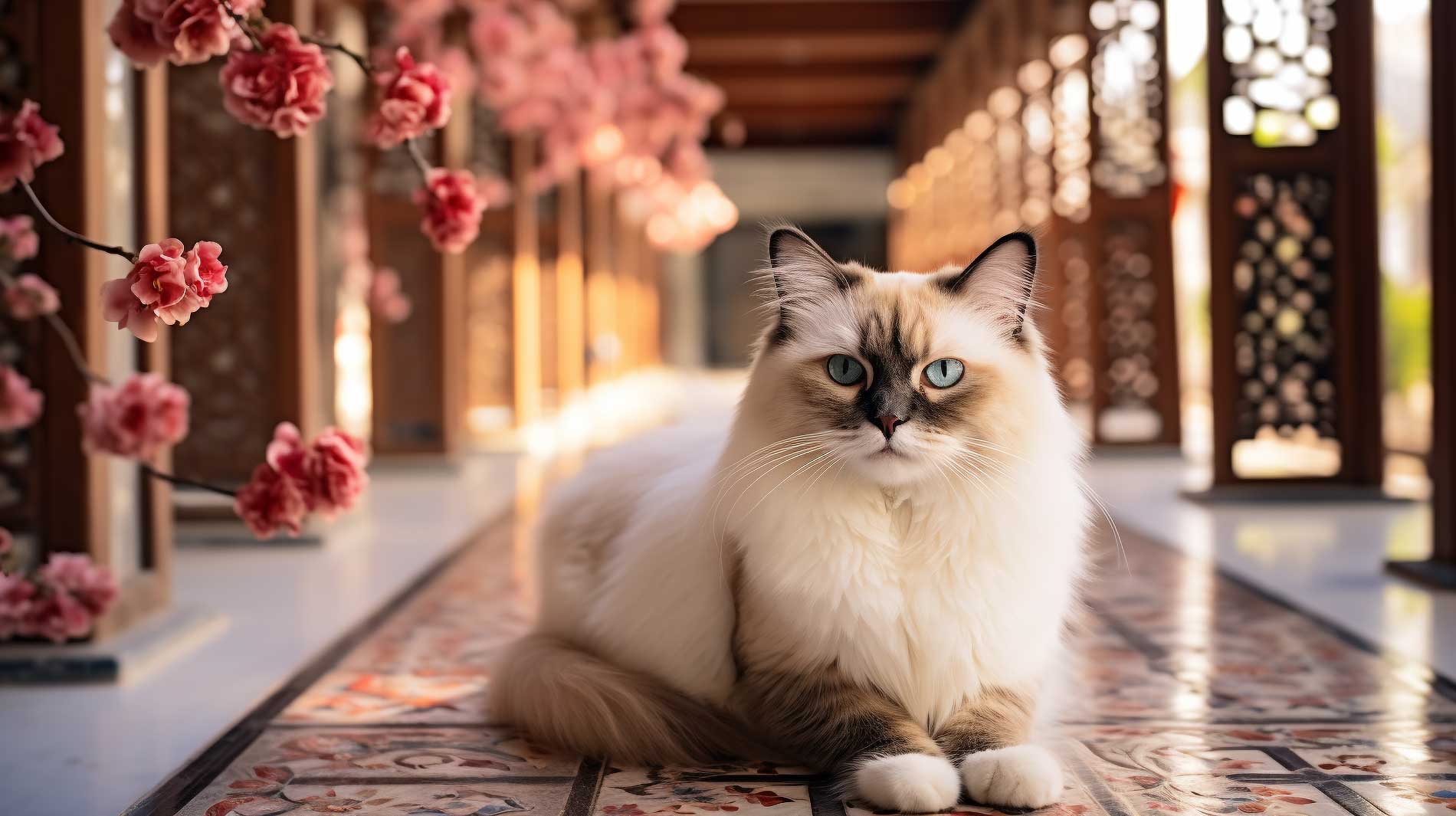

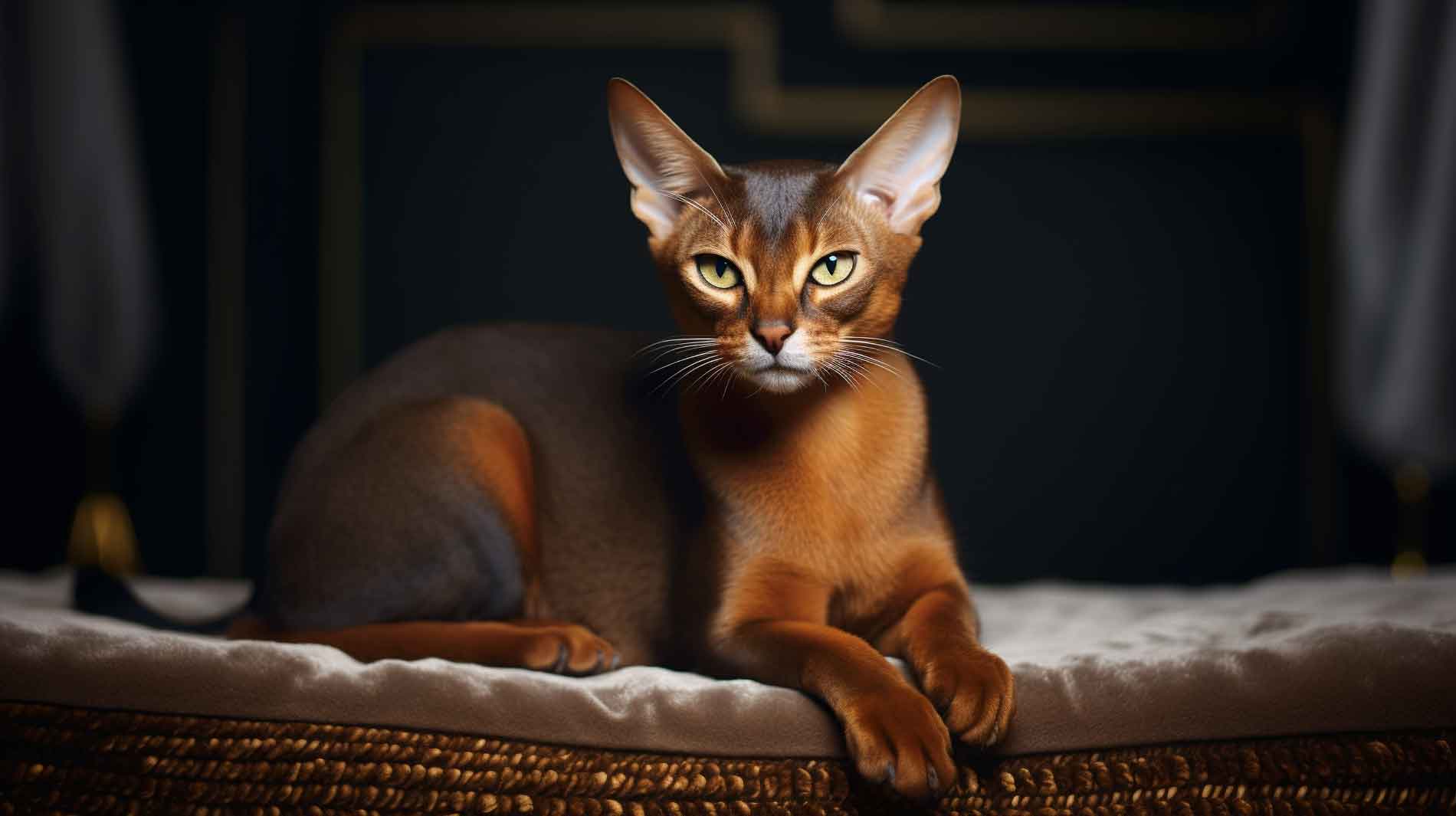


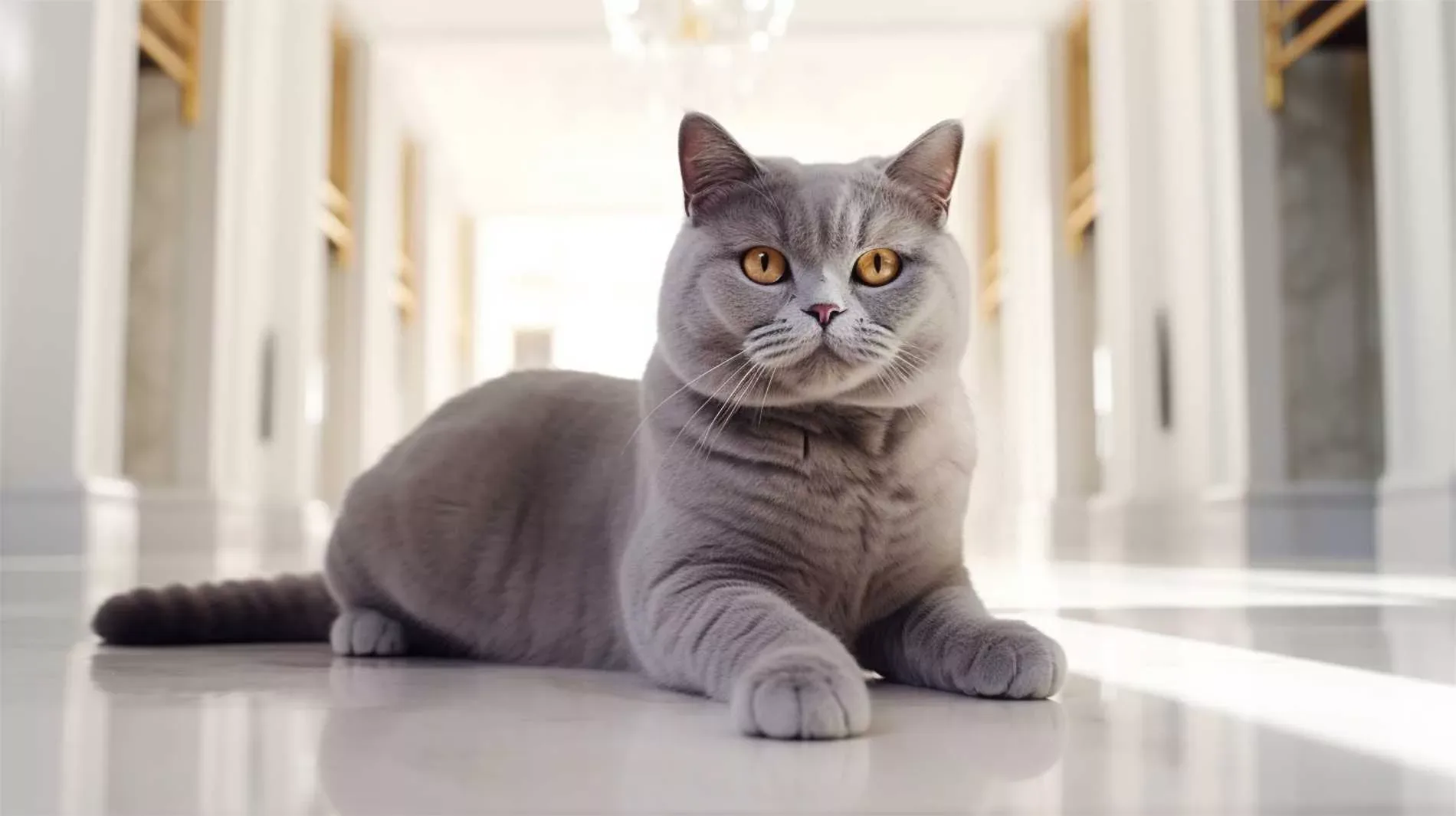
2 Comments